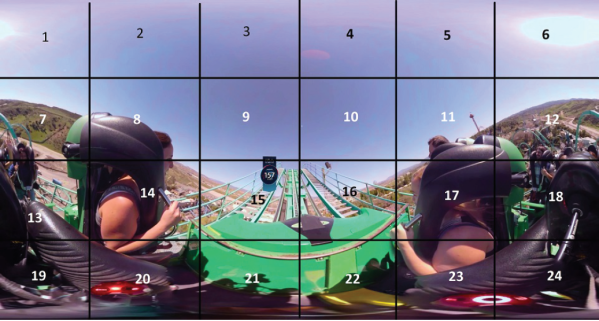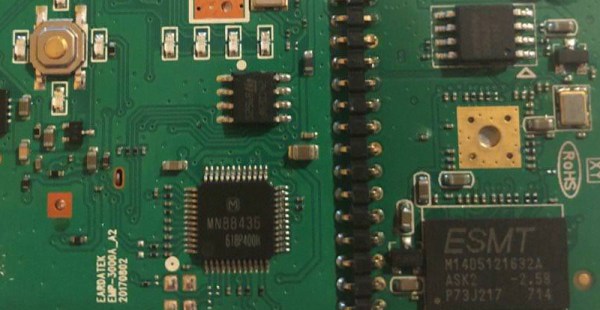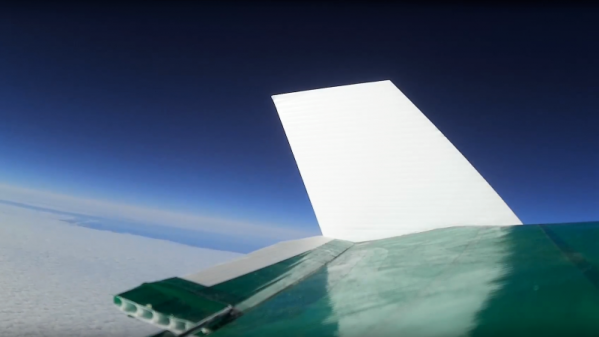We’ve become used to seeing some beautiful hand-made creations at the smaller end of the flying machine scale, tiny aircraft both fixed and rotary wing. An aircraft that weighs a few grams is entirely possible to build, such have been the incredible advances in component availability.
But how much smaller can a working aircraft be made? Given a suitable team and budget, how about into the milligrams? [Dr. Sawyer Fuller] and his team at the University of Washington have made an ornithopter which may be the lightest aircraft yet made, using a piezoelectric drive to flap flexible wings. That in itself isn’t entirely new, but whereas previous efforts had relied on a tether wire supplying electricity, the latest creation flies autonomously with its power supplied by laser to an on-board miniature solar cell that protrudes above the craft on its wires.
Frustratingly Dr. Fuller’s page on the machine is lighter on detail than we’d like, probably because they are saving the juicy stuff for a big reveal at a conference presentation. It is however an extremely interesting development from a technical perspective, as well as opening up an entirely new front in the applications for flying machines. Whatever happens, we’ll keep you posted.
You can see the craft in the video below the break, and if you’re interested lies with more conventional tiny machines take a look at the creator of a 2.9g Mustang model.
Continue reading “Laser-Powered Flying Machine Weighs Milligrams”













